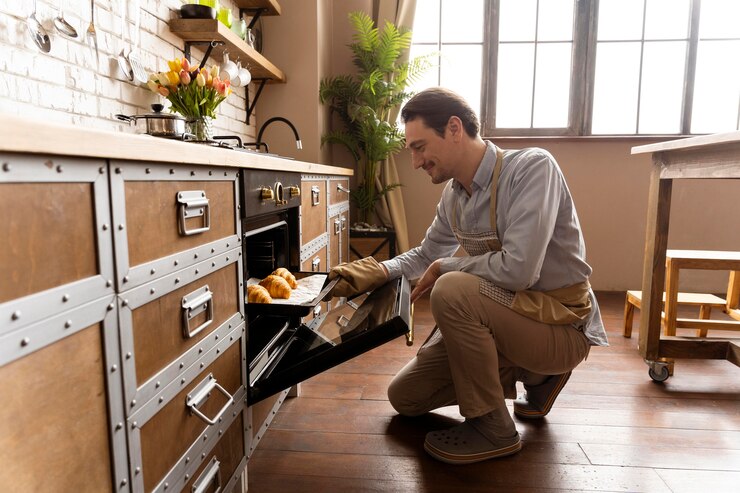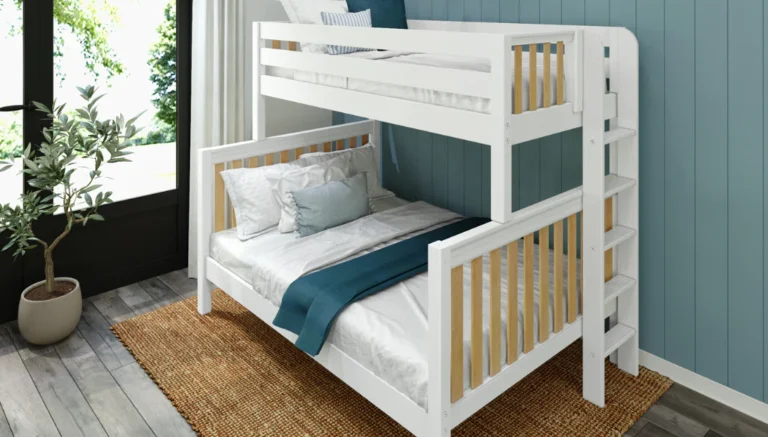Stacking in a Kitchen Cabinet: A Comprehensive Guide
When it comes to organizing your kitchen, stacking in your kitchen cabinet can be a game-changer. But let’s face it, finding the right way to stack everything can sometimes feel like solving a puzzle. Whether you’re a cooking enthusiast or just trying to make the most out of your kitchen space, knowing the best stacking methods can save you time and effort. In this guide, we’ll dive into the art of stacking in a kitchen cabinet to optimize space, enhance accessibility, and maintain order.
Understanding the Basics of Kitchen Cabinet Organization
Why Organize Your Kitchen Cabinet?
A well-organized kitchen cabinet not only makes cooking more efficient but also reduces stress. Imagine knowing exactly where your favorite spices are or easily reaching for that baking pan without rummaging through a chaotic pile. It’s about more than just aesthetics—it’s about functionality and convenience.
Types of Kitchen Cabinets
Before we dive into stacking techniques, it’s helpful to understand the types of cabinets you might be working with:
- Base Cabinets: These are the lower cabinets that sit on the floor. They’re perfect for storing heavier items.
- Wall Cabinets: Mounted on the wall, these are ideal for lighter items and frequently used dishes.
- Pantry Cabinets: Tall cabinets designed for food storage, offering ample space for stacking.
Essential Stacking Techniques
- Categorize Your Items
Start by grouping similar items together. This makes it easier to find what you need and helps in organizing your stacks logically. For example, keep all your baking supplies in one section and your pots and pans in another. - Use Adjustable Shelves
Adjustable shelves are a lifesaver when it comes to maximizing space. They allow you to customize the height between shelves based on the size of the items you need to store. - Stack by Frequency of Use
Place the items you use most frequently at eye level or in the most accessible spots. Items you use less often can go towards the back or on higher shelves. - Use Clear Containers
Storing food or small items in clear, labeled containers can help you quickly identify what’s inside, avoiding the need to dig through stacks. - Implement Tiered Organizers
Tiered organizers or risers can help stack smaller items efficiently, making it easier to view and access everything. These are particularly useful for spices, canned goods, or small kitchen tools. - Invest in Pull-Out Drawers
Pull-out drawers can be a game-changer, especially in deeper cabinets. They allow you to pull out the entire shelf, so you can access items in the back without having to remove everything in front.
Organizing Specific Cabinet Areas
- Pots and Pans
Stacking pots and pans can be tricky due to their varying sizes. Use a pot rack or cabinet divider to keep them organized and prevent scratching. Place the most frequently used pots and pans on the bottom layer for easy access. - Dishes and Glasses
Stack dishes by size, with the largest items on the bottom. If you have multiple sets of dishes, consider using dividers to separate them. For glasses, use cabinet shelves with a slight tilt or a glass rack to prevent them from toppling over. - Baking Supplies
Store baking supplies like flour, sugar, and baking powder in airtight containers to keep them fresh. Stack these containers by type and use clear labels for quick identification. - Pantry Staples
For pantry cabinets, group items like cereals, grains, and canned goods together. Use stackable bins or baskets to keep things tidy and accessible. - Small Appliances
For smaller appliances like toasters or blenders, use pull-out shelves or designated appliance garages to keep them off the counter but still within easy reach.
Maximizing Vertical Space
- Utilize the Top Shelf
The top shelf of your cabinets can often go unused. Use it for items you don’t need to access daily, such as holiday dishes or large serving platters. - Install Cabinet Hooks
Hooks can be installed on the inside of cabinet doors or on the side walls to hang mugs, oven mitts, or small utensils, freeing up shelf space. - Use the Back of Cabinet Doors
Attach small racks or organizers to the back of cabinet doors to store items like spices or cleaning supplies. This is a great way to make use of otherwise wasted space.
Tips for Maintaining Order
- Regularly Declutter
Periodically go through your cabinets to declutter and remove items you no longer use. This helps maintain a tidy and functional space. - Reorganize Seasonally
Adjust your organization system with the seasons. For example, move summer dishes to the front during warmer months and winter dishes when it gets colder. - Clean as You Go
While stacking and organizing, take the opportunity to clean your cabinets. Wipe down shelves and discard expired items to keep everything in top shape. - Label Everything
Labeling containers and shelves can help everyone in the household find things quickly and put them back in the right place.
Conclusion
Stacking in a kitchen cabinet isn’t just about fitting items into available space—it’s about creating an efficient, accessible, and organized system that enhances your cooking experience. By understanding the basics, implementing effective stacking techniques, and maintaining your system regularly, you can transform your kitchen into a well-oiled machine.
Remember, the key is to make your kitchen work for you. So take some time to experiment with different stacking methods and find what works best for your space and lifestyle. Happy organizing!
FAQs
How can I prevent my stacked dishes from getting damaged?
Use protective padding or dish racks to prevent scratches and breakage. Stack similar-sized dishes together and avoid overloading.
What’s the best way to stack pots and pans in a cabinet?
Use a pot rack or dividers to separate them and prevent nesting. Place frequently used items on the lower shelves for easy access.
Can I use stacking bins for pantry items?
Absolutely! Stacking bins are perfect for grouping similar items together, keeping your pantry organized and easy to navigate.
How often should I reorganize my kitchen cabinets?
Aim to reorganize your cabinets every 6-12 months or whenever you notice that the system is no longer working effectively.
What should I do if my kitchen cabinets are too small for my needs?
Consider adding shelving units or pantry cabinets to increase storage space. You might also explore vertical storage solutions or under-cabinet organizers.







